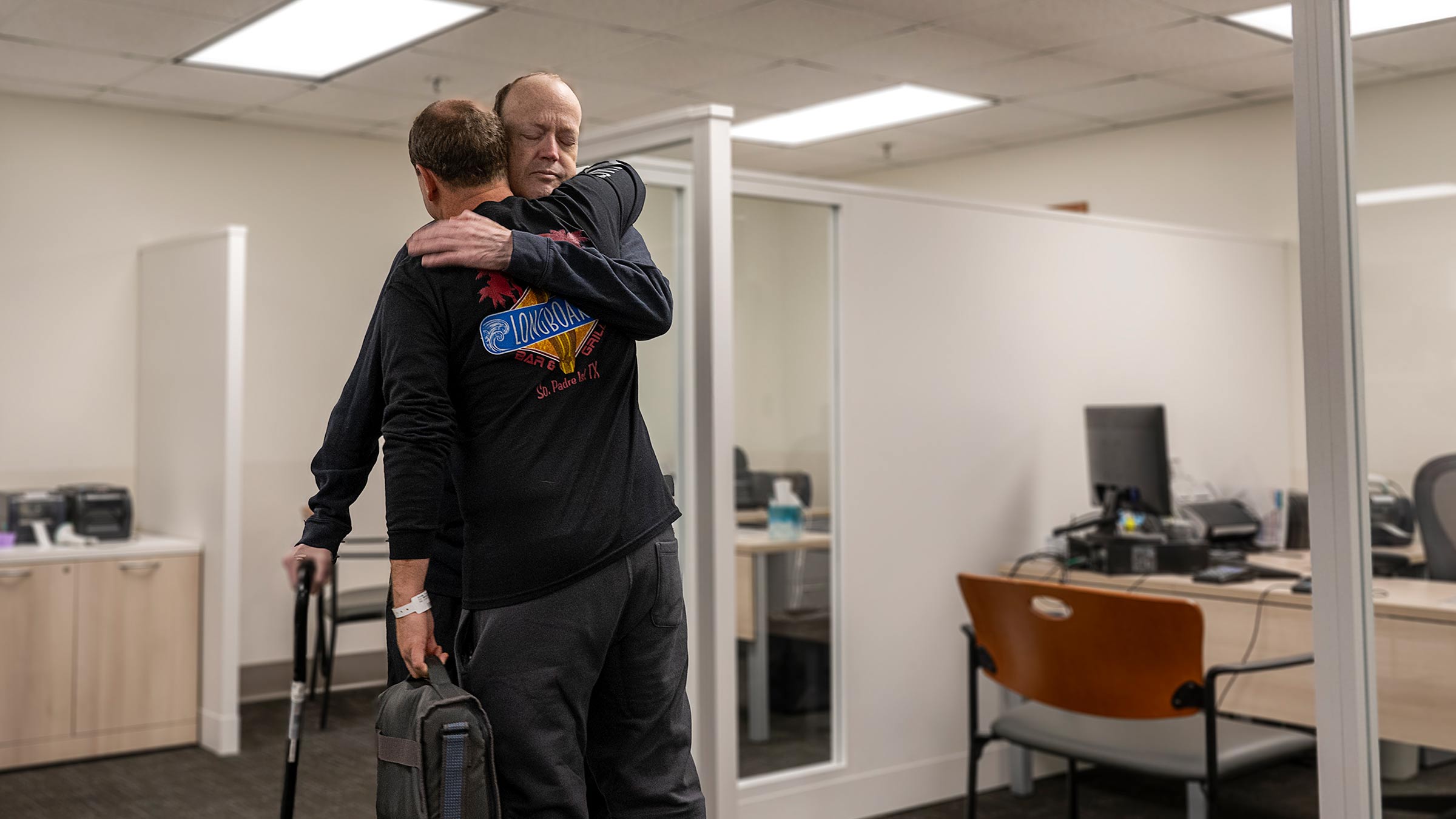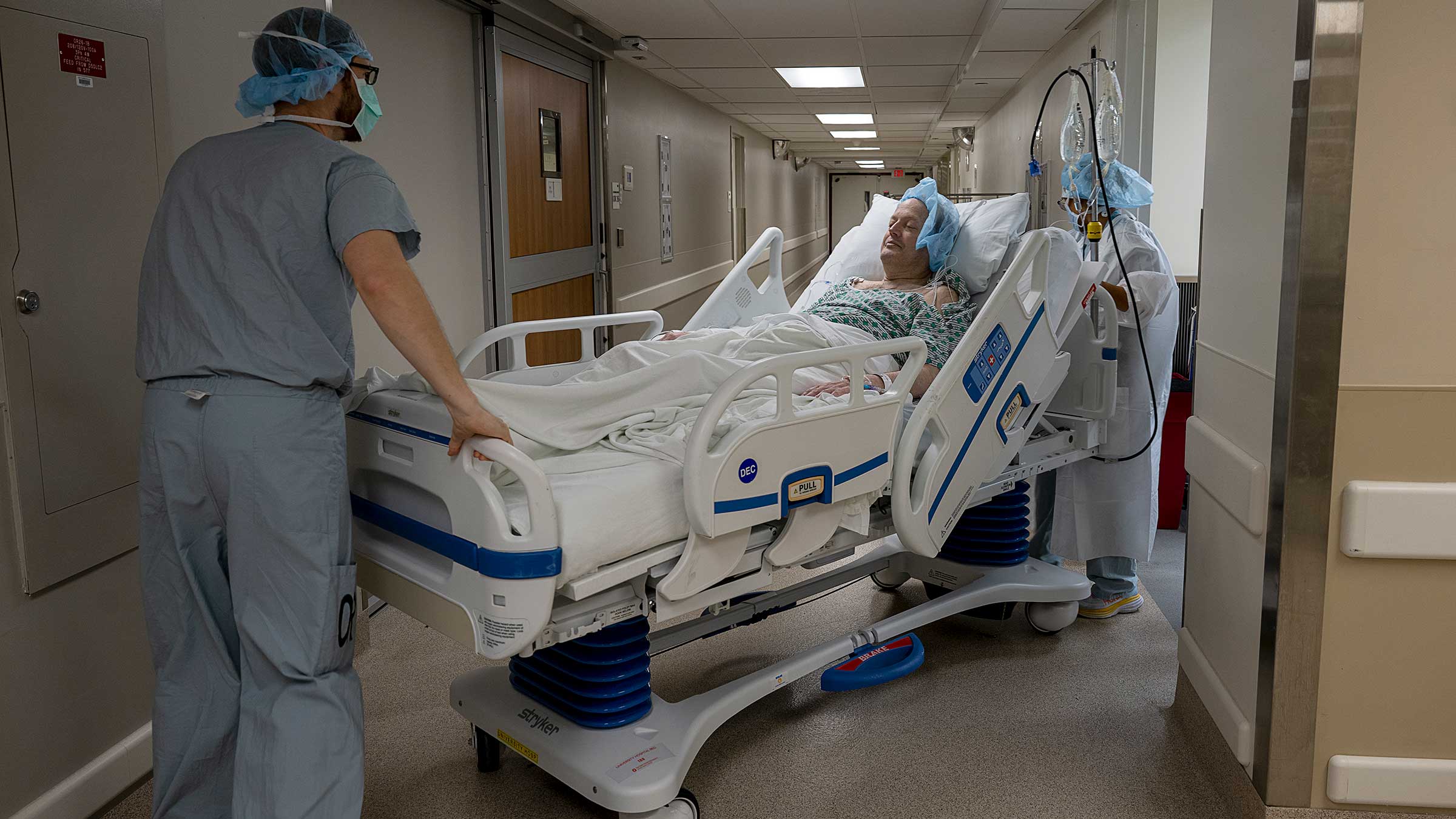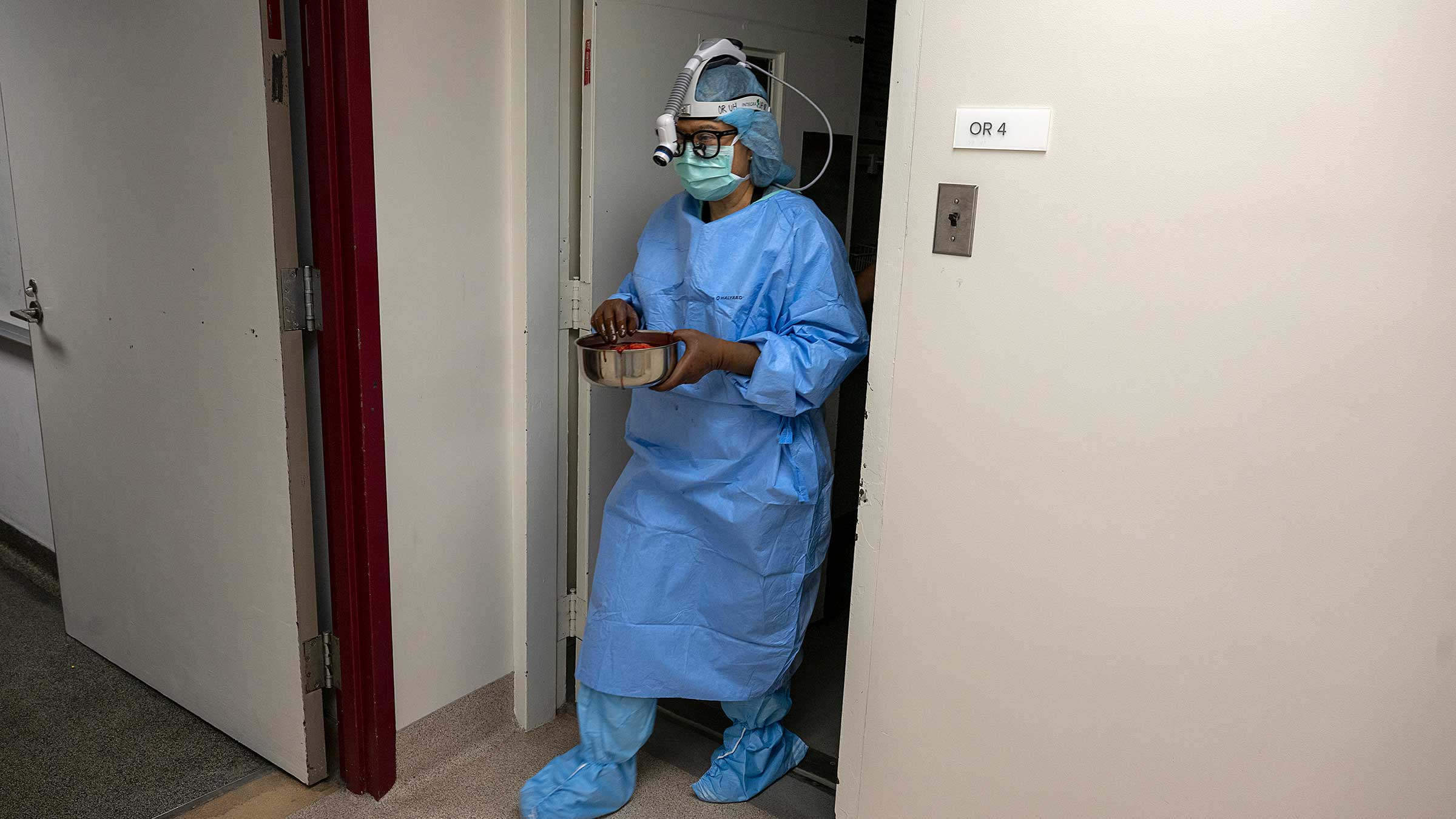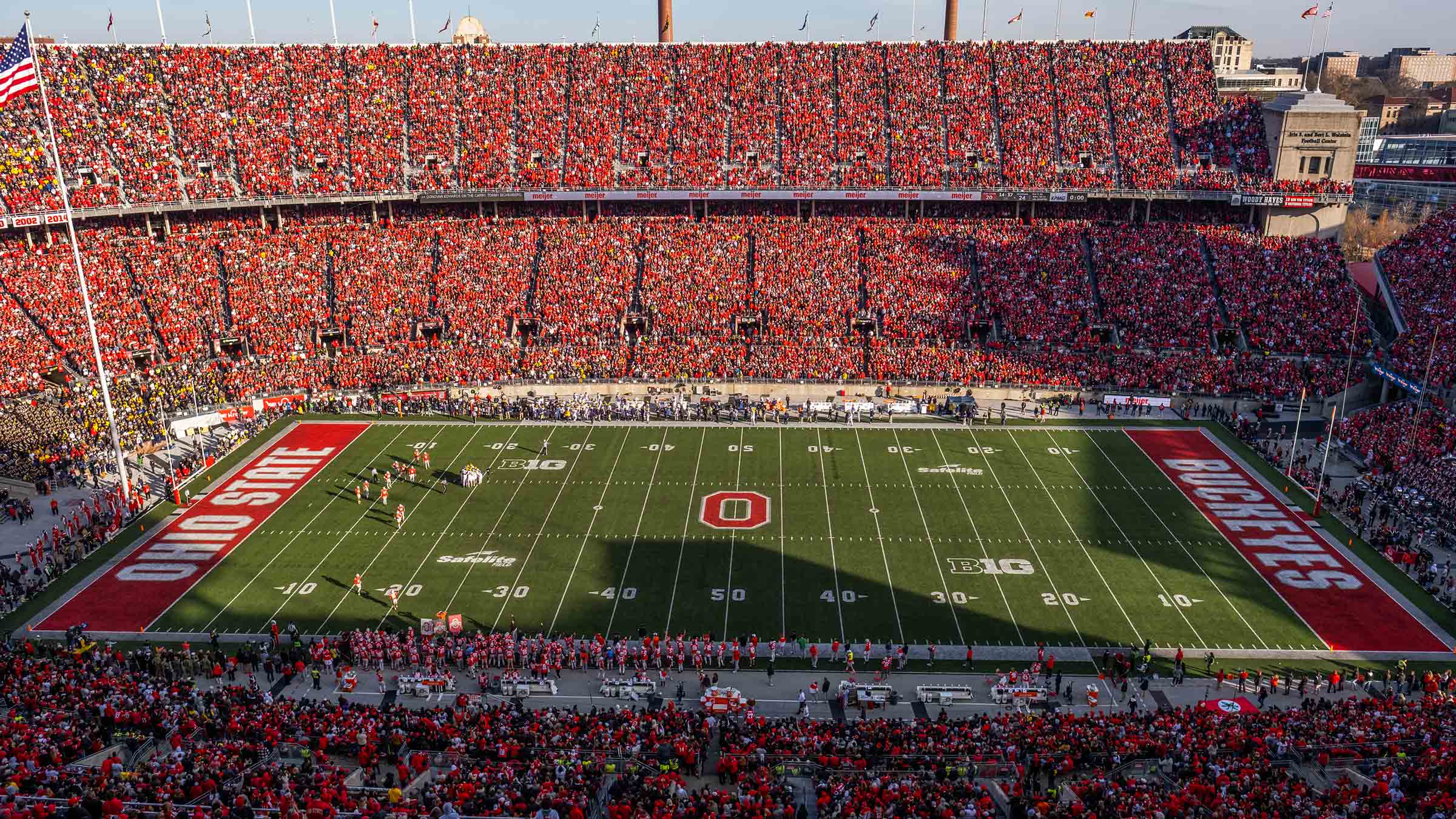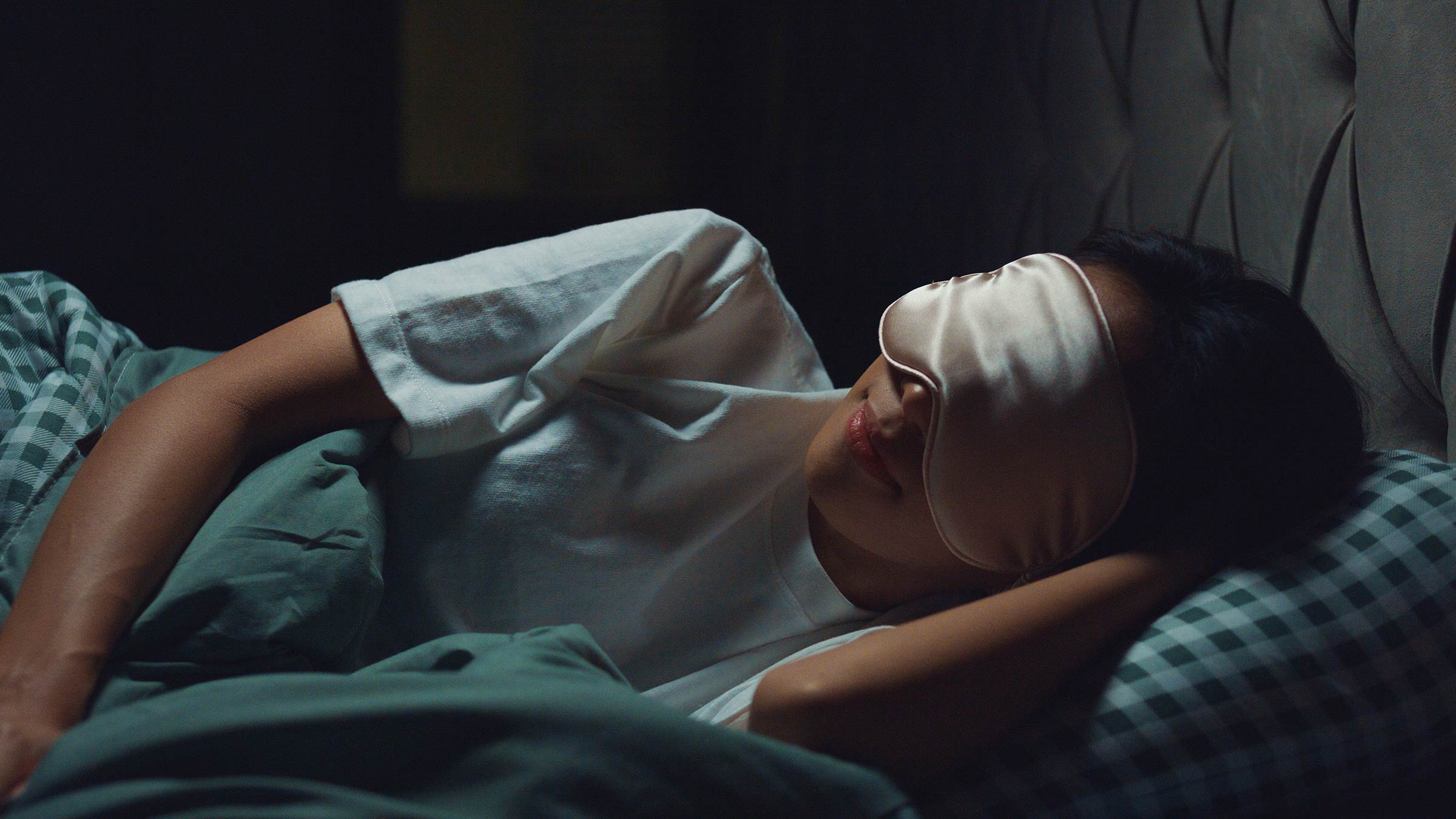‘Let’s do this.’ Lifesaving kidney transplant strengthens bond between brothers
Living kidney donation gave Steve Robison a quality of life he never thought possible again.
For a year and a half, Steve Robison has been going to sleep and waking up to the sound of his dialysis machine.
The device hums as it removes toxins and extra fluid from his blood, a job his kidneys could no longer do.
It’s a tough routine Steve no longer endures, thanks to a new kidney donated by his brother Mike.
“It’s different to have silence in the room again, but it’s a nice change,” Steve says. “No more having to spend close to 11 hours in bed. It’s a life-changing event since the transplant … and it’s wonderful.”
Steve calls it a feeling of freedom. A gift his younger brother gave to him through living kidney donation.
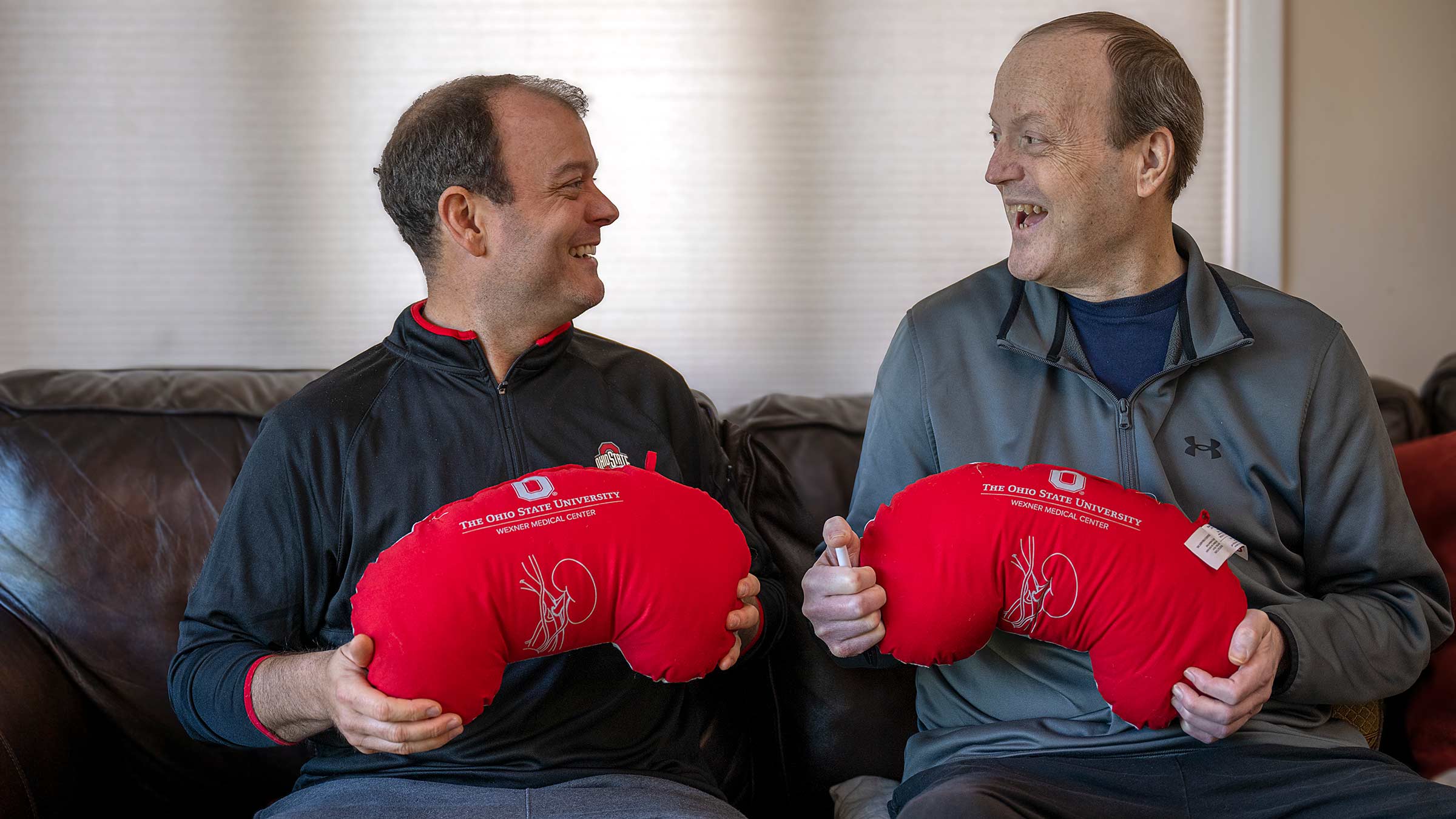
“Some people are very fortunate,” Steve says. “I just happen to be very fortunate to have a brother like this who comes along and says, ‘Hey, I got an extra one that I could spare. Let’s do this.’”
From healthy and active to unexpected kidney damage
The long journey to kidney transplant began in 2019, when Steve went to the emergency room with a bleeding ulcer. While there, doctors told him he had kidney damage and needed emergency dialysis. His health went downhill from there.
Steve, who spent his weekdays working in information technology at a local television station in Columbus, Ohio, and his evenings and weekends running up and down fields as a youth sports official, had to give it all up. For years, he was in and out of the hospital for his failing kidneys and other health issues.
“My body just couldn’t turn it on and turn it off like that anymore,” Steve says. “It was time to give it a break, and in a major way. It literally had just completely worn down.”
Facing terrible odds on the kidney transplant waitlist
Several years later, in August 2023, Steve was finally placed on the transplant waitlist. But the numbers didn’t look good. According to the United Network for Organ Sharing (UNOS), there are more than 100,000 people waiting for an organ transplant, and nearly 90,000 of those need a kidney. Steve could have spent years waiting for a kidney from a deceased donor.
Due to the high demand for kidneys from deceased donors, the transplant team at The Ohio State University Wexner Medical Center Comprehensive Transplant Center speaks with every patient about the benefits of living kidney donation.

Steve’s wife, Tammy, his biggest advocate, sprang into action looking for a living donor. When Tammy mentioned living donation to Steve’s brother Mike, he immediately said, “Let’s see if I’m a match.”
“When you hear of a family member needing anything, you help out,” Mike says.
An extraordinary distance doesn’t stop living kidney donation
Steve’s younger brother lives 1,900 miles away in Arizona. Despite the distance, Mike began kidney donation testing there.
“The process started by doing routine blood and urine tests in Arizona,” Mike says. “Then we set up a date that I could travel to Columbus and undergo further testing like chest X-rays and CTs. There were more blood tests, I met with the doctors and then we waited for approval.”
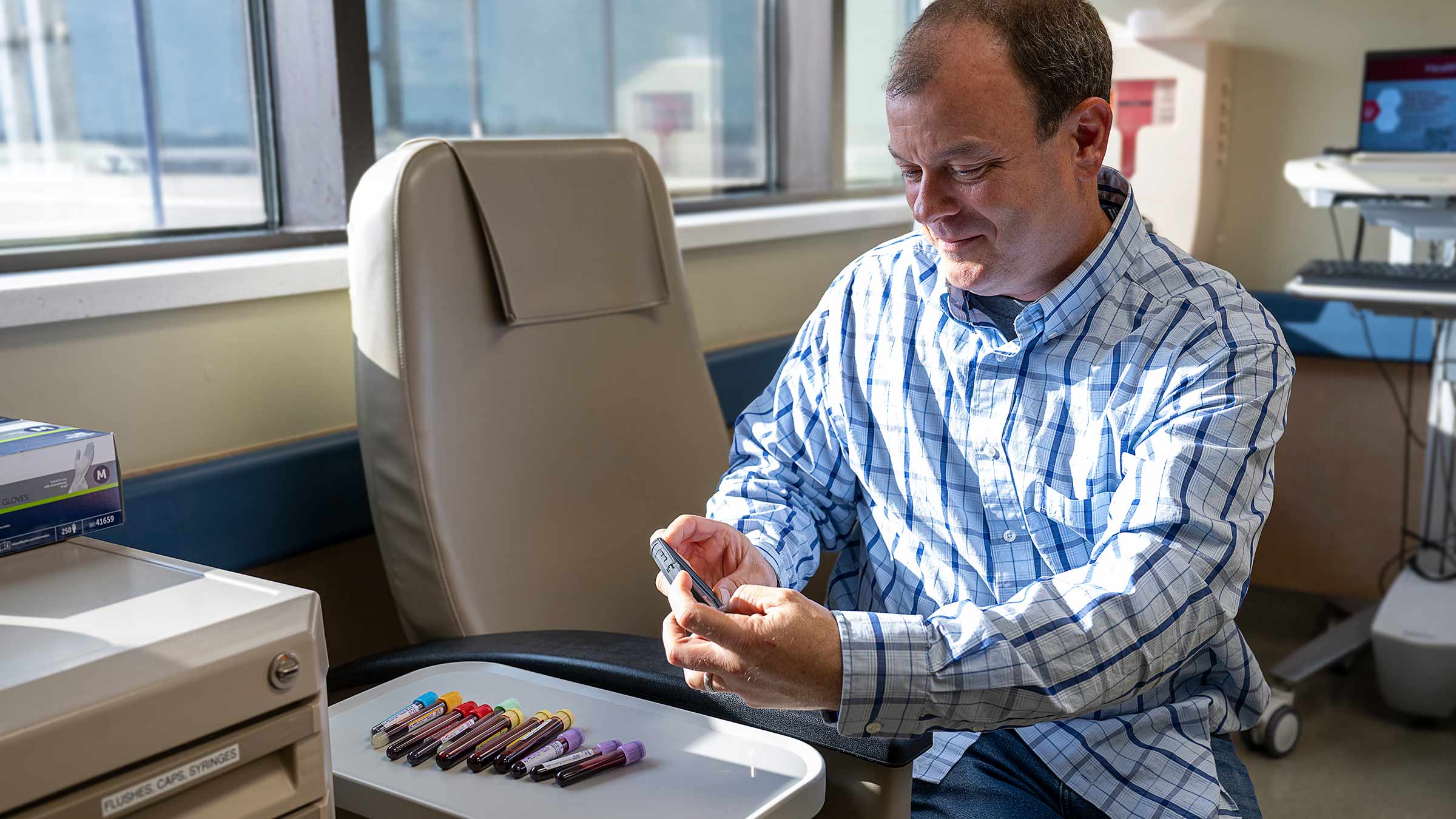
The approval came in October 2023, after a rigorous review by the transplant team at Ohio State.
“We only accept living donors that are able to safely donate a very good kidney with good function,” says Todd Pesavento, MD, medical director of kidney and pancreas transplantation. “It’s a whole team approach focused on the donor and the recipient. We want them both to do well.”
An unforgettable birthday gift
One of the major benefits of a living kidney donor transplant is that you can plan a date for surgery. Two months after approval for transplant, both brothers were awaiting surgeries in side-by-side operating rooms. Mike donated his kidney to Steve three days before his 55th birthday, giving Steve the ultimate present.
Twenty-four hours after surgery, Mike was walking through the transplant unit to visit Steve in his hospital room. Mike had some pain, but the care team prepared him, so he wasn’t surprised.
“I feel great,” Mike says. “It was a surprise to me the degree of healthy movement the day after surgery. You want to get out of bed, you want to go for a walk down the hall.”
Mike checked out of the hospital two days after surgery. Steve went home a few days later. The brothers, healing together at Steve’s home, have hopeful outlooks for the future.

Organ transplantation restores quality of life and hope for the future
“Hopefully the days of spending days, weeks, months in the hospital are behind him,” Mike says. “This transplant has been life-changing. He’s got a lot of life to live, and it’s not going to be in a hospital going forward.”
The Ohio State transplant team agrees.
“Patients who have had organ failure have experienced a significant amount of setbacks in their lifestyle and in the quality of their life,” says Ginny Bumgardner, MD, PhD, Steve’s transplant surgeon. “With a new organ working properly, they can regain a normal life, not only in terms of the function of the organ, but really in terms of things that they had been doing before they needed a transplant.”
And for those considering living donation, Mike says, “I would do it again in a heartbeat.”
“There are tens of thousands of people on a waiting list hoping someone who decided to donate life after death can be their hero. Well, if you become a living donor, they don’t have to wait,” Mike says.

Ready to learn more about living kidney donation?
We've got all the information you need to start the process.
Learn more



